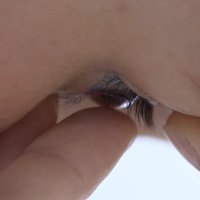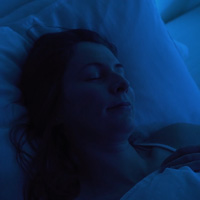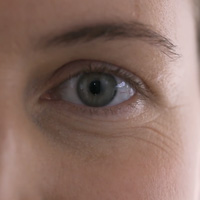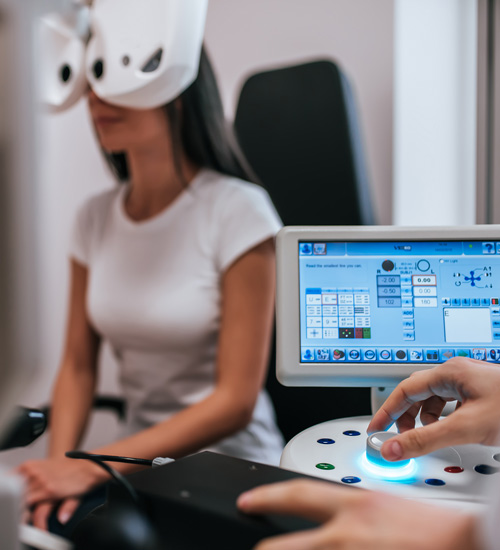Did you know that orthokeratology lenses come from an ancestral Chinese technique, where the myopic placed on their eyelids at night small bags of sand to reduce their visual disorder and to see clearly during the day? This is how the term “orthokeratology” was born, to allow individuals to correct their eyesight during their sleep, to clearly see the day, without need of equipment (glasses or lenses), regardless of their visual disorder.
In addition, orthokeratology has benefited in recent years from major innovations (including DRL® night lenses), both in lens designs and in materials, and is also considered a reference solution to manage myopia in children. Therefore, children, teenagers, and adults no longer have any restrictions related to wearing glasses or contact lenses during the day, and they now enjoy, in their daily activities, a quality of vision as if they had no visual defects.






I am more than happy with my night lenses - I couldn’t tolerate either soft or rigid contact lenses, because they became uncomfortable after only a short time of wearing them. As I travel by scooter, no longer having to wear glasses under the helmet is very convenient, not to mention the fact that I’m also a keen runner, go swimming several times a week and ride horses, so not having to have anything on my eyes any more is a real freedom for me!
“I’ve been wearing night lenses for over a year now, and in practical terms, I never have to think about it. I put them in in the evening after brushing my teeth and take them out 20 minutes after I get up. In the beginning it was a bit strange, because after putting them in I could feel them when I blinked, but after 2 weeks I felt nothing at all! What I particularly like, is being able to do sports, swim with my eyes open and go out in the evening… It seems like this is a product that users and professionals are still not very aware of yet: but it’s clearly a solution that we should be interested in!”
“I’ve been wearing night lenses for a year. Before that, I wore glasses with progressive lenses (I have hyperopia and early-stage presbyopia). This is a revolutionary correction system. My lenses are very comfortable and don’t prevent me from sleeping. After taking out my lenses in the morning, I can see clearly… and at all distances! I can read, work on the computer, or drive, without any constraints! And on holiday it’s brilliant to be able to do sports in complete freedom. Thank you to my health professional for suggesting this miracle solution to me!”


